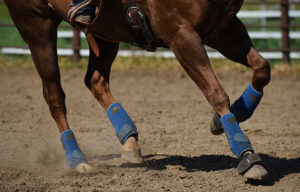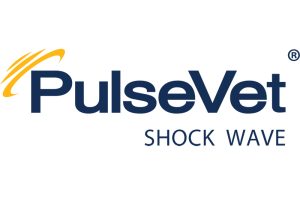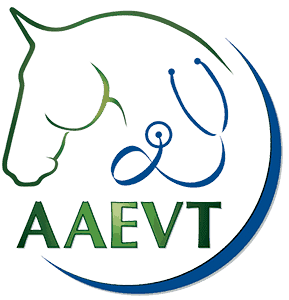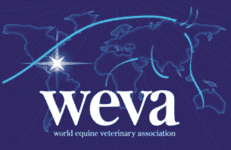EIA: What’s the Big Deal?
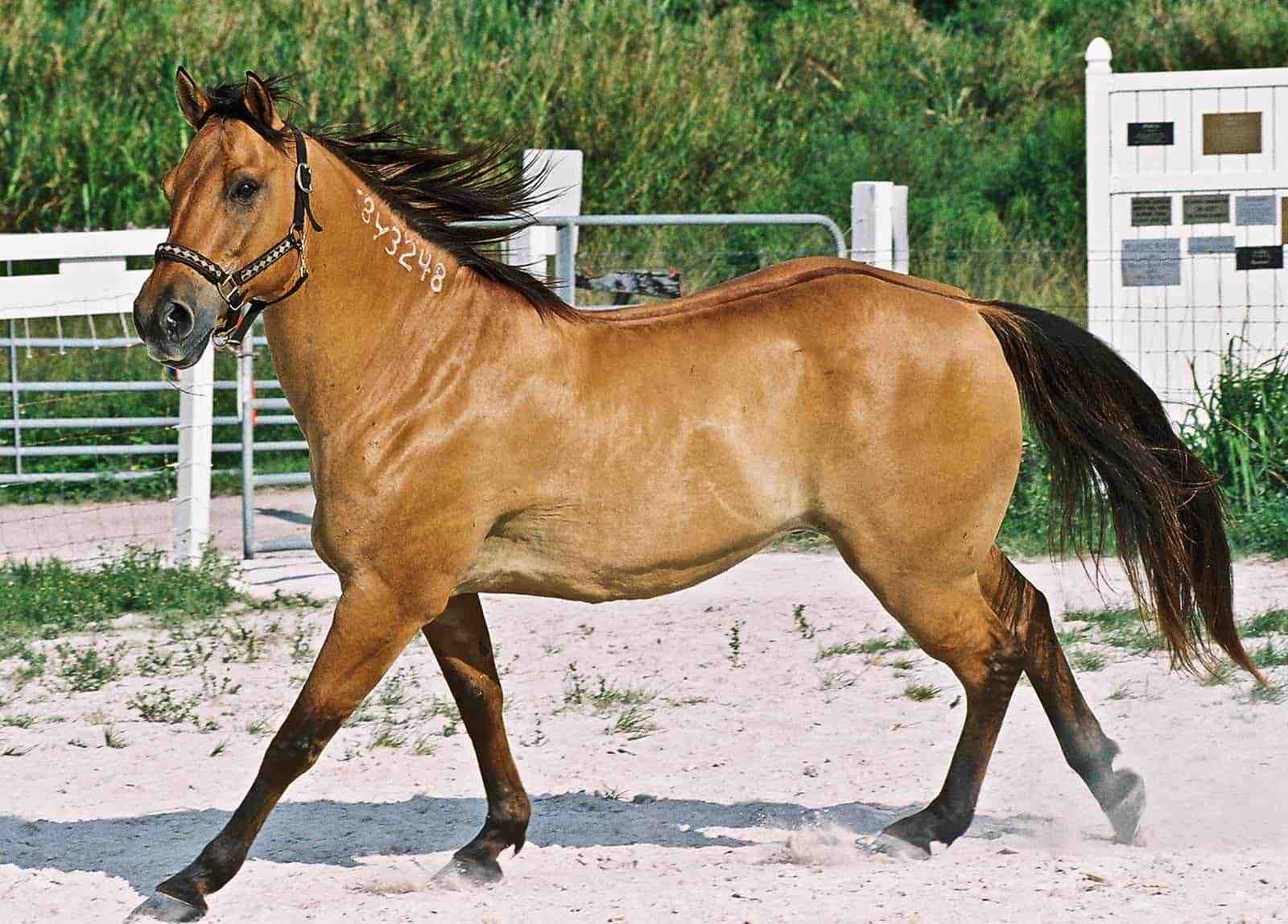
Find out where veterinarians are seeing an uptick in equine infectious anemia cases
Each year, like clockwork, our veterinarians take blood samples from our horses during spring health exams. We sign the forms, and off the tubes go to the lab for the Coggins test. We do this year in and year out, with no positives and no questions asked. So why do we keep up with this annual horse care ritual?
The Coggins test checks for antibodies against the equine infectious anemia virus (EIAV). This virus is significant because much like the human immunodeficiency virus (HIV), its lentiviral cousin, there is no vaccine and no cure. A horse diagnosed positive for equine infectious anemia (EIA) dies, is euthanized, or gets placed under extremely strict quarantine conditions (at least 200 yards away from other equids) for the rest of his life.
How Do Horses Get EIA?
The EIA virus passes from one horse to another via blood. Biting flies, such as horseflies, deerflies, and stable flies, can transmit it after feeding on an infected horse
Create a free account with TheHorse.com to view this content.
TheHorse.com is home to thousands of free articles about horse health care. In order to access some of our exclusive free content, you must be signed into TheHorse.com.
Start your free account today!
Already have an account?
and continue reading.

Written by:
Nancy S. Loving, DVM
Related Articles
Stay on top of the most recent Horse Health news with




